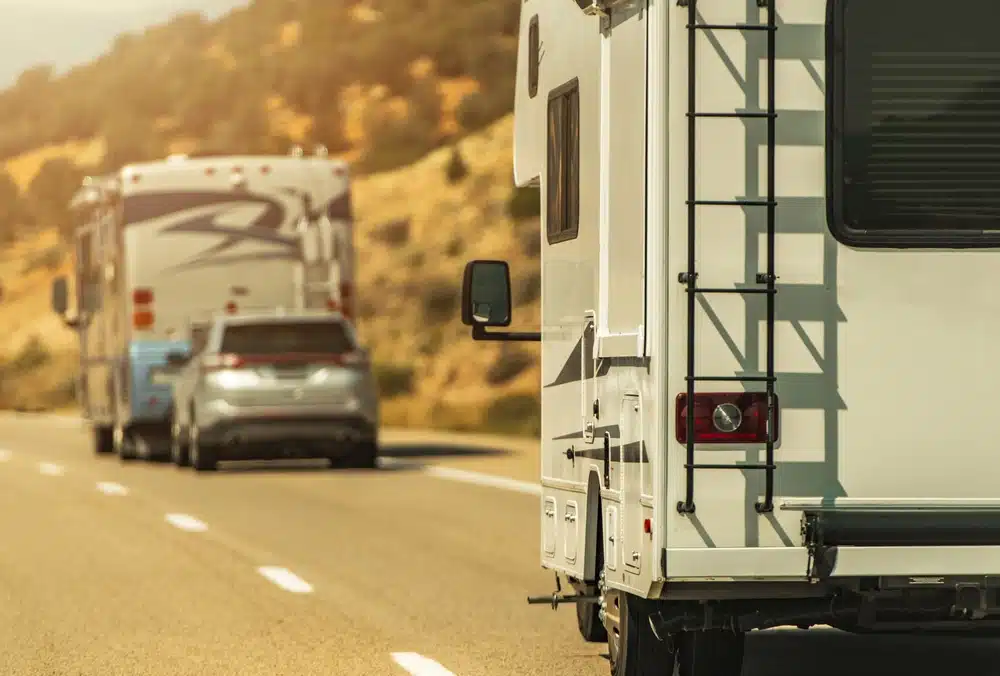On August 1, the California Air Resources Board (CARB) made headlines by announcing proposed changes to the Heavy-Duty Engine and Vehicle Omnibus regulation.
This move came as a response to the Omnibus regulation adopted last September, which set stringent NOx and particulate matter standards for new medium and heavy-duty diesel engines from 2024 onwards.
The Omnibus regulation was not without its challenges. After its adoption, CARB received feedback from the industry, indicating potential issues. The primary concern was that certain vehicle buyers might be left without options due to manufacturers’ inability to meet the 2024-2026 standards.
The board wants to amend the rule to allow manufacturers to produce and certify a larger number of 2024-2026 legacy engines. This would enable the sale of engines that, while less expensive, would have higher NOx emissions, as per a News & Insights report of the RV Industry Association (RVIA).
RVIA, among others, plans to collaborate with its members to submit comments on these proposed changes. The deadline for these comments is set for mid-September, with the possibility of a public hearing if demanded.
The Omnibus Low NOx Rule has been a topic of discussion for a while now. Various stakeholders, including the U.S. EPA and other states, have shown interest in its implications. The U.S. EPA, in particular, introduced its set of requirements in January 2023, which, although similar, had some differences from CARB’s standards.
The implications of the Omnibus Low NOx Rule extend beyond heavy-duty vehicles. The rule also has significant implications for the motorhome and RV industry. The primary concern for this sector is the increased costs associated with the rule, pushing the industry towards more eco-friendly solutions.
CARB’s regulations for clean fleets might further push the RV industry towards eco-friendly solutions. Starting January 1, 2024, CARB has set regulations for clean fleets, emphasizing the importance of reducing emissions and promoting sustainability.
The Omnibus Low NOx Rule is not just a regulatory measure; it’s a testament to California’s commitment to environmental sustainability. The rule’s primary objective is to reduce harmful NOx emissions, which contribute significantly to air pollution and related health issues.
With heavy-duty vehicles being a major source of these emissions, the rule’s focus on this sector is both timely and essential.
The broader implications of the Omnibus Low NOx Rule also touch upon sectors like gas furnaces. Companies like Lennox have discussed the lowered NOx emission limits in California, emphasizing the state’s holistic approach to tackling air pollution.
Such measures indicate that the state is not just looking at vehicular emissions but is also considering other significant sources of NOx emissions.
As the deadline for comments on the proposed changes approaches, the industry waits with bated breath. The balance between environmental sustainability and economic feasibility is a delicate one.
While the Omnibus Low NOx Rule is a step in the right direction, its successful implementation will depend on the collaboration between regulatory bodies, industry stakeholders, and the public.


